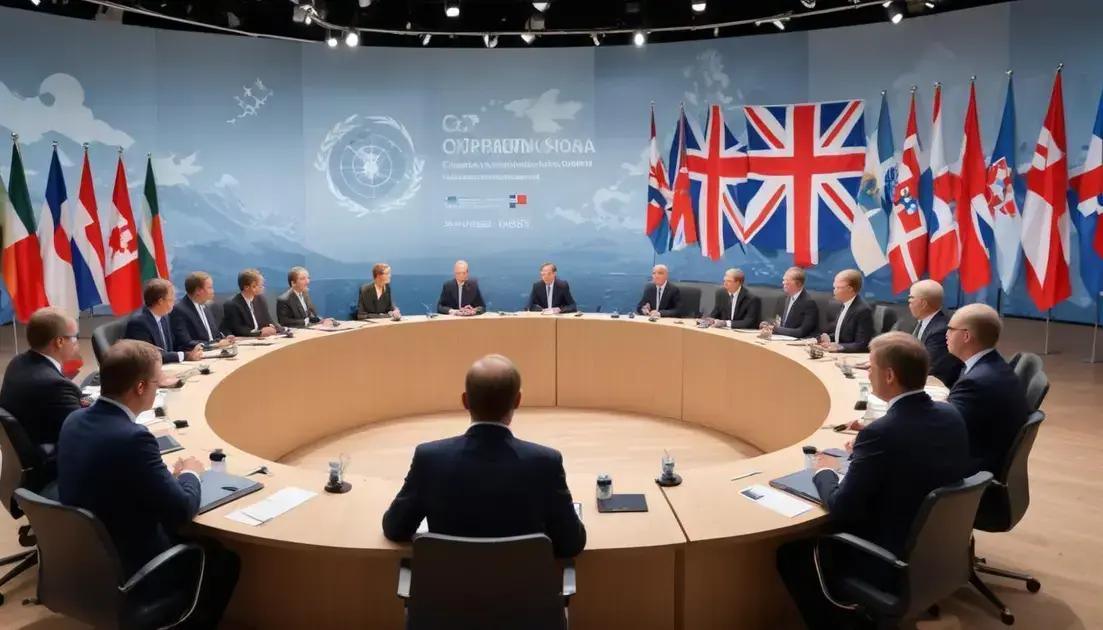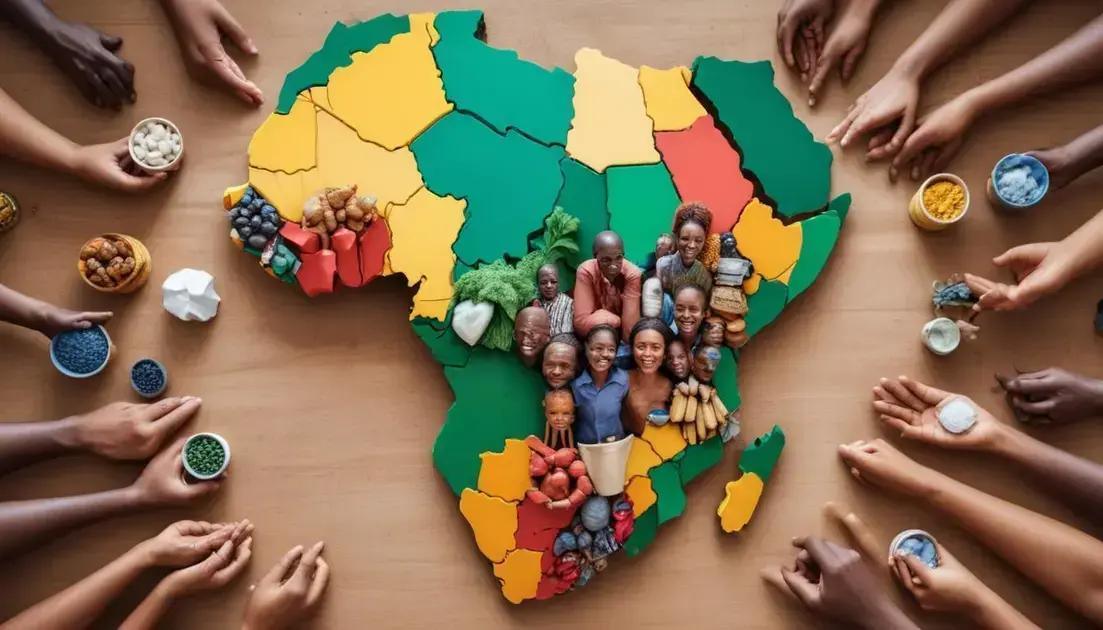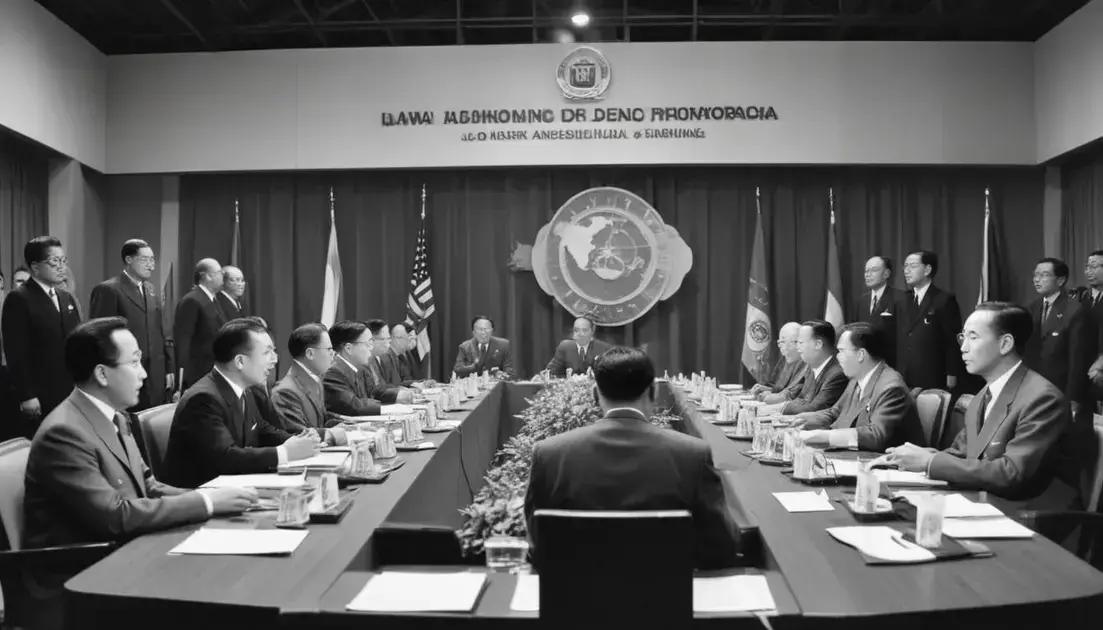
Copenhagen Summit: Climate Advances and Impasses
The Copenhagen Summit focuses on critical climate issues, addressing negotiations, climate inequality, and future prospects for action. Key discussions revolve around fairness in climate responsibilities, emphasizing the impact of climate change on vulnerable nations. Leaders are encouraged to commit to innovative solutions and renewable energy to combat these challenges, while young activists play a significant role in driving awareness and urgency. Ultimately, the summit aims to secure global cooperation for effective climate action.
At the Copenhagen Summit, world leaders gathered to discuss critical climate issues. What breakthroughs did they achieve, and where do they still face challenges?
Overview of the Copenhagen Summit
The Copenhagen Summit is a major global event focused on climate change. It brings together leaders from around the world. They discuss important topics like climate goals, policies, and actions.
During the summit, many nations share their plans to cut greenhouse gas emissions. Each country strives to meet its climate targets. This year, the focus is on equity and fairness in climate action.
The summit also highlights the impact of climate change on vulnerable communities. It showcases their struggles and needs, making it a vital part of the discussions.
Discussions at the Copenhagen Summit are often intense. Leaders debate the best ways to approach climate change. They also explore how to support countries that face the biggest challenges.
Many organizations participate alongside world leaders. They include NGOs, businesses, and activists. They bring diverse views and solutions to the table, enriching the conversation.
Overall, the Copenhagen Summit aims to create effective strategies for tackling climate change. Keeping the conversation going is essential for reaching global climate goals.
Key Negotiations and Agreements
During the Copenhagen Summit, key negotiations take center stage. Leaders discuss their commitments to reduce greenhouse gas emissions. Each country shares its goals and plans for climate action.
One major focus is on developing clear agreements. These agreements aim to hold nations accountable for their climate promises. They also seek to ensure that financial support goes to those who need it most.
Negotiators tackle tough topics, like fairness in climate action. They discuss how to balance responsibilities between rich and poor nations. This helps address the unequal impacts of climate change.
Leaders emphasize the importance of transparency. Countries must report their progress openly. This builds trust and encourages more ambitious commitments.
Throughout the summit, discussions can get heated. However, many are hopeful that constructive dialogue can lead to real change. The goal is to create actionable agreements that benefit everyone.
In the end, these key negotiations and agreements set the path for future climate action. It’s about creating a sustainable world for current and future generations.
Debates on Climate Inequality
At the Copenhagen Summit, debates on climate inequality are crucial. Leaders discuss how climate change affects countries differently. Some nations face severe impacts, while others contribute more to the problem.
These discussions highlight the need for fairness. Wealthier nations often emit more greenhouse gases. Yet, poorer countries suffer the most from climate effects. This imbalance raises important questions about responsibility.
Negotiators explore ways to support vulnerable communities. Financial aid and technology transfer can help them adapt to climate impacts. These tools are essential for building resilience in at-risk areas.
Debates also cover the role of developed countries. Leaders discuss their obligations to help less developed nations. Many argue that helping those in need is not just fair but necessary for global stability.
As these discussions take place, activists push for stronger commitments. They emphasize that without action, the gap in climate impacts will only widen. Addressing climate inequality is vital for a sustainable future.
Future Prospects for Climate Action
Future prospects for climate action look both promising and challenging. As leaders gather at the Copenhagen Summit, new ideas emerge. These ideas aim to create a healthier planet for everyone.
The focus is shifting towards innovation and collaboration. Countries are exploring renewable energy sources like solar and wind power. These clean energies can reduce dependence on fossil fuels.
Technological advancements are key to fighting climate change. Innovations in energy efficiency can help cut emissions. Electric vehicles and smart grids play a big role in this transformation.
Young activists are also making their voices heard. They push for urgent action against climate change. Their passion inspires many to join the movement, making climate issues more visible.
International agreements are important for setting goals. These agreements encourage nations to work together. Sharing best practices and supporting each other is essential for success.
Ultimately, future climate action depends on commitment from all levels. Governments, businesses, and individuals must cooperate to achieve lasting change. Everyone has a role to play in creating a sustainable future.
Conclusion
In conclusion, climate action is critical for our future. The Copenhagen Summit showcases the need for global cooperation. Discussions on climate inequality emphasize the importance of fairness in addressing this issue.
By focusing on innovation and renewable energy, we can reduce our reliance on fossil fuels. The role of young activists is also vital, as they inspire change and drive the climate movement forward.
With international agreements and commitments, we can set clear goals for the climate. Every person, organization, and country has a part to play in creating a sustainable world. Together, we can face the challenges of climate change and work towards a healthier planet for generations to come.


